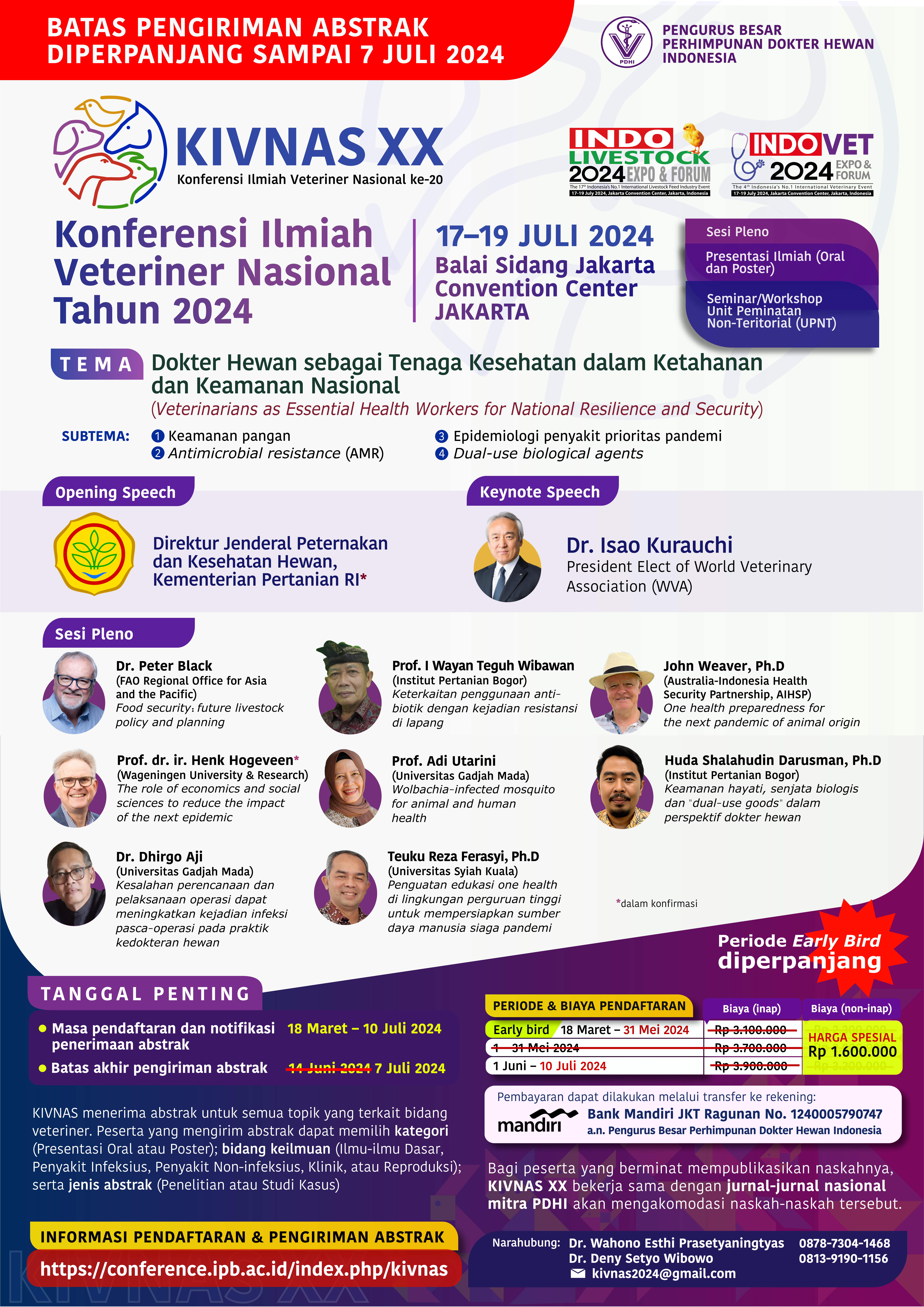Clinical Evaluation of Anesthesia Combination in Domestic Feline: Educational Perspective on Veterinary Medicine
Keywords:
ketamine, feline, anaesthesia combination, medetomidineAbstract
Background: Anaesthesia is an important component in many medical procedures, but felines have unique physiological responses to anaesthetic drugs compared to other animals. The choice of appropriate anaesthetic combination is critical to ensure the safety and well-being of the animal during the procedure as well as a quick and uncomplicated recovery.
Objective: This research aimed to evaluate clinically the different of anaesthetic combinations and identify the most effective and safe combination for domestic feline in veterinary education.
Methods: This study was conducted on 18 cats divided into 3 groups with male sex with body weight of 2.1–4.3 kg and aged 1–3 years. Group 1 was given a combination of ketamine-xylazine, group 2 ketamine-acepromazine, and group 3 ketamine-medetomidine anaesthesia. The parameters evaluated in this study were heart frequency, respiratory frequency, temperature, oral mucosa, and time of anaesthetic administration.
Results: Post-induction clinical evaluation, all anaesthetic combinations showed significant differences in the parameters of heart frequency, temperature, oral mucosa, and time to anaesthesia. Ketamine-medetomidine combination showed the best results given to felines. This is because this combination showed the lowest heart frequency, the lowest respiratory frequency, the highest temperature, the fastest time to lose reflexes, and a stable duration of anaesthesia.
Conclusion: The most effective use of anaesthesia in feline is the ketamine-medetomidine combination due to its long-term and stable anaesthetic effects.



